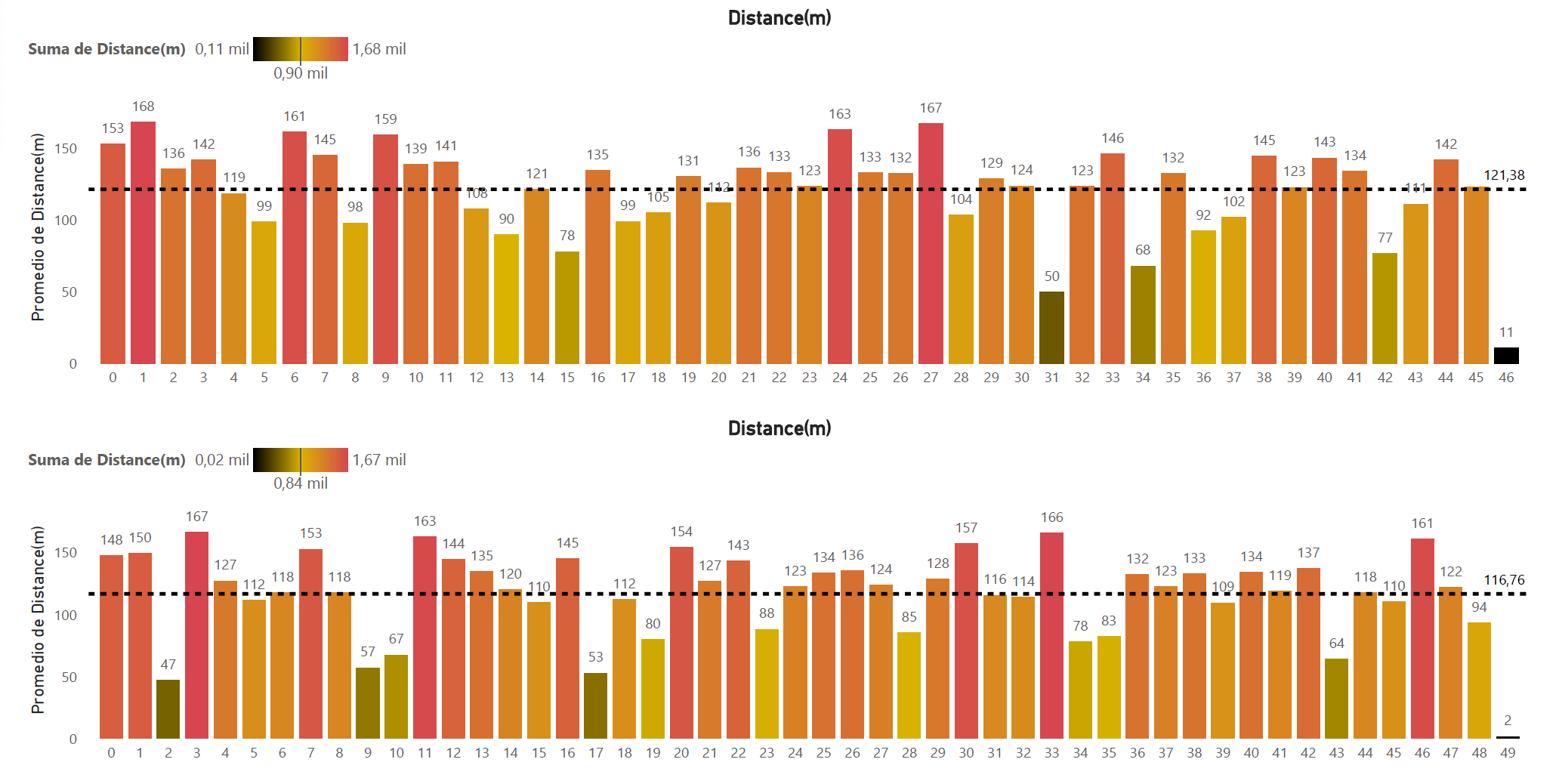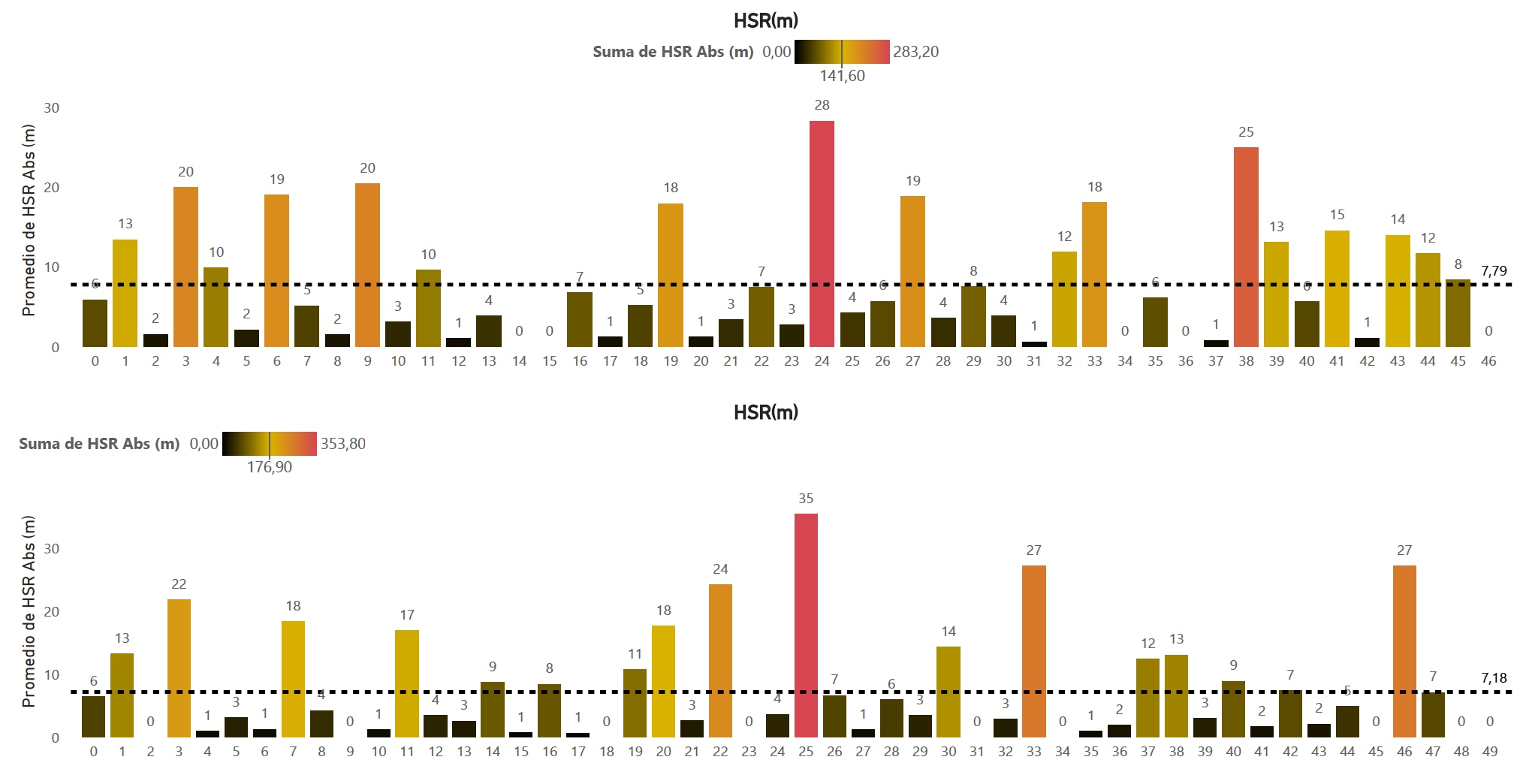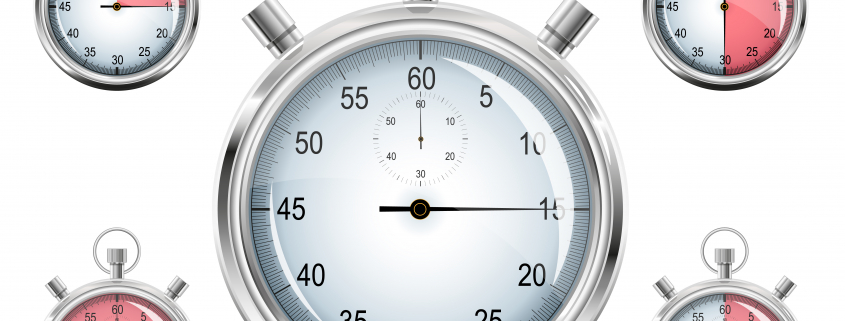“Breaking Down the Match: The Importance of Minute-by-Minute Analysis on Soccer Team Performance”
The temporal study in one-minute slots in the analysis of soccer performance provided us with a detailed and granular perspective that goes beyond the global evaluation of the match. This temporal approach allows the game to be broken down into smaller segments, which is crucial to understanding how dynamics evolve over time and how they affect a team’s performance.
During my time at Flamengo, and thanks to the collaboration with fellow physiologists such as Pedro Menezes and the sports scientists at Realtrack (Wimu), we began to design, see and analyze the performance of the team and our players throughout the matches.
It is an analysis that we continue to carry out currently in the lower categories of the Spanish team, and I would like to present some key reasons why minute-by-minute analysis is relevant in the study of our performance in football:

1. Identification of Play Patterns:
Dividing the match into one-minute segments makes it easier to identify specific game patterns. Trends can be observed in ball possession, the intensity of the game, and critical moments that can influence the team’s overall performance.
2. Evaluation of Tactical Strategies:
Temporal analysis allows evaluating the effectiveness of tactical strategies over time. You can identify times when certain tactics are more successful and others when they may require adjustments. It allows changes in performance to be linked to specific contextual variables, such as possession of the ball, pressure from the opposing team, and other factors that can influence the development of the game.
3. Fatigue and Performance:
By dividing the game into one-minute intervals, it is possible to track fatigue and evaluate how it affects players’ performance. This provides valuable information on the team’s fitness and allows adjustment of player replacement and rotation strategies.
4. Transition Analysis:
Normally the periods of highest intensity at a collective level are associated with transitions. Many times with offensives, but it happens to us in the same way on defensives. Minute-by-minute analysis is essential to understand the transitions between phases of the game, such as the transition from attack to defense and vice versa. Critical moments can be identified in which the speed and effectiveness of these transitions have a significant impact on the final score.

5. Individual Performance Evaluation:
Allows you to evaluate the individual performance of players over time. This is especially valuable for identifying specific contributions at different times of the match and for making tactical adjustments based on individual performance. Visualizing the player’s progression at their individual levels and related to the context of the competition can give us a great idea for future training sessions and their optimization for the following competitions.

In conclusion, the minute-by-minute temporal study provides a detailed and specific view that is essential to understanding the complexity and constantly changing dynamics of football. By breaking down the game into shorter intervals, analysts and coaches can gain valuable information that helps improve performance and strategic decision-making. Furthermore, based on the study of frequencies and the variables that are studied, they can greatly help us to create and simulate training situations that are as close to competition situations for our teams and our players (depending on their role and position).
I encourage you to continue along this line and of course to share your personal performance analysis and share any feedback that can make us improve in this way.
Best regards, we continue moving forward…










Leave a Reply
Want to join the discussion?Feel free to contribute!